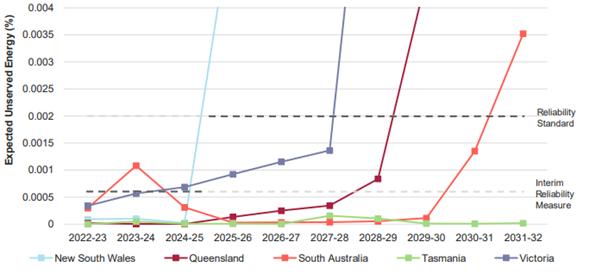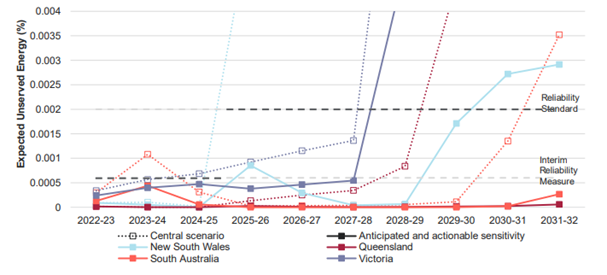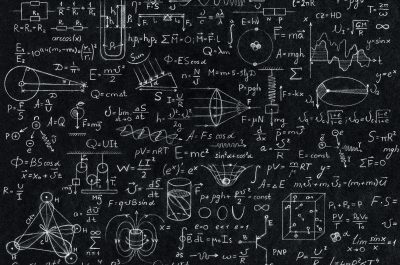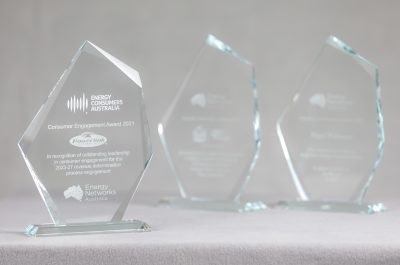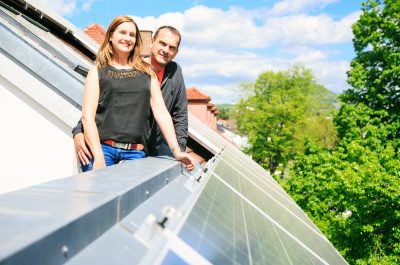Don’t be late to the tea party, the tea might be cold
Energy demand and generation supply need to match every second of the day to maintain a secure power system. Last week, the Australian Energy Market Operator (AEMO) released the 2022 Electricity Statement of Opportunities (ESOO) to assess the supply demand balance across Australia.
The report highlighted that Australia was heading for gaps in energy generation within the next decade if we didn’t act now. The answer somewhat lies in the urgent need for new transmission to help overcome these forecasted electricity supply gaps. If it’s not fixed, reliability issues as a result of coal-generation retirement could mean energy shortfalls resulting in blackouts across the National Energy Market (NEM).
AEMO’s Reliability Panel establishes the NEM reliability standard. This is a measure of whether there is sufficient supply and inter-regional transfer capability to meet demand in each state and between states. Currently the supply is meeting 99.998 per cent of annual demand in each region. This leaves us with the unserved energy (USE) of 0.002 per cent. This gap can be due to insufficient generation, demand response or network capability which could be caused by a number of factors e.g. plant faults, late delivery of projects, excessive heat wave events etc.
Our energy supply has recently been under pressure with cold, wet weather, fuel supply issues and high prices, which we have highlighted previously.
To deal with the USE gap, AEMO is able to call on the reliability and emergency reserve trader (RERT) and could move to rolling outages if there is a continued lack of demand response or generation to meet supply needs. Governments continue to provide subsidies to new renewables and are also considering contracts for an orderly closure of coal, all of which are ultimately paid for by electricity consumers. Fig 1 below shows the expected USE by region taking into account existing and committed projects.
Fig 1 Expected USE, ESOO Central scenario, 2022-23 to 2031-32[1]
* The Mortlake South Windfarm in Vic, 160MW, has been slated as ‘committed’ since AEMO finalised the 2022 ESOO modelling and would improve the Victorian reliability forecast.
The reliability gaps in Fig 1 are despite the following committed generation and transmission projects in the next five years:
- 320MW Tallawarra B in NSW is scheduled to operate from Oct 2023
- 750MW Kurri Kurri power station in NSW is scheduled to operate from Dec 2023
- 250MW Kidston Pumped Hydro in Qld from Feb 2025
- 2GW Snowy 2.0 from 2025-26; and
- Minor interconnector upgrades VNI and QNI and Project Energy Connect (PEC) linking SA, NSW and Vic.
Since last year’s ESOO, Eraring has announced an expected closure date of August 2025 and PEC has announced the early stages of the project have been delayed by one year to 2024-25 to undertake the internetwork testing. Earlier coal generation retirements or delayed delivery of new generation, storage or transmission projects could worsen the reliability outlook.
In the following five years the reliability gaps become more prominent in some states with the expected closure of Yallourn, in 2028 and Vales Point Power Station, 1,320MW in NSW in 2029. A number of transmission and generation projects which are anticipated could improve the forecast but haven’t met all the criteria to be considered ‘committed’.
Electricity demand is also forecast to grow with increased electrification of residential, industrial and transportation, including the electrification of heating loads.
In Fig 2, the dotted lines by region indicates the level of USE taking into account only projects that have met all criteria and are labelled as ‘committed’. The solid line by region represents the improved USE also takes into account projects which fall into the ’anticipated’ category. The following transmission projects are considered ‘anticipated’ and improve the USE in Fig 2;
- Central West Orana and New England Renewable Energy Zones and the Hunter transmission link in NSW and the Western Renewables Link in Vic.
- Inter-regional transfer capabilities will be improved by HumeLink, Marinus Link and VNI West.
Fig 2 Reliability impact of projects that are well advanced but have not reached committed status, mainland NEM regions, 2022-23 to 2031-32[2]
A number of anticipated transmission activities improve the USE in NSW so rather than the standard being exceeded in 2024-25, it is exceeded around 2030. Despite this, the NSW Electricity Infrastructure Roadmap is seeking tenders for firming resources and DER orchestration to further improve reliability. NSW Energy Minister Matt Kean announced $44.8m to fund pre-investment work on five new pumped hydro projects. If completed this will add 1.76GW capacity and assist in meeting the state’s long duration storage targets by 2030.
However, even with the delivery of the Western Renewable Link, Victorian USE is still being exceeded around 2028 and heads off the chart. Energy Australia has agreed to complete the Wooreen battery project, 350MW by 2026 ahead of Yallourn power station retiring in mid-2028 which will help to improve the reliability forecast. Mortlake South Windfarm, 160MW, also will help the situation to a degree. Victoria held a second auction for the Renewable Energy Target in late 2021 with the final project list to bring on another 600MW expected to be announced in Q3 2022. Subject to these projects being delivered prior to 2027-28 in areas with sufficient network capability, they may also improve the reliability forecast in Victoria.
Whilst the 2020 Integrated System Plan (ISP) predicted the ideal timing of VNI West was 2035-36 and an accelerated timing would be 2027-28.[3], the 2022 ISP suggests that VNI West is urgent and should be delivered by 2031 or earlier with additional support[4]. Marinus Link and VNI West are the only projects on the list that provide improved access to renewables and essential dispatchable energy to Victoria but are currently not expected to be delivered before 2029 to 2031.
Whilst NSW is progressing their roadmap it certainly looks like more needs to be done to manage reliability in Victoria in a timely manner. It will be important for Victoria to deliver the additional capacity outlined above in the short term. As more large coal generators retire in the following decade, it is important that the pipeline of transmission and generation projects is coordinated to close the reliability gap. As we noted last year when we fail to plan, we plan to fail.
[1] AEMO Electricity Statement of Opportunities, August 2022, p8
[2] Ibid p67
[3] AEMO 2020 Integrated System Plan, p64-65
[4] AEMO 2022 Integrated System Plan, p13
